The small tidal island off the northeast coast of England, speaks of a history where truth and myth coalesce into the misty past. Much like Atlantis, the Garden of Hesperides and Camelot, Lindisfarne is recognized as sacred, set apart from the mundanity of life.
The monastery of Lindisfarne, known as the Lindisfarne Priory, was founded by Irish monk Saint Aidan (590-651). Saint Aidan came from the Island of Iona, the centre of Gaelic monasticism, located off the west Coast of Scotland.

The pious Christian King Oswald, who became king is 634, had a problem. Anglo-Saxon paganism was replacing Christianity. He reached out to his friends in Iona, at a time when he considered all was lost.
The first Ionian to respond was Bishop Cormán, an austere man, with a severe message. The people of Northumbria did not accept him. The feeling was mutual. Bishop Cormán’s opinion on the matter was that people of Northumbria were too stubborn to accept his message. It was very doubtful that their hardened hearts would embrace Christianity.
King Oswald was tenacious. And his persistence was rewarded in the personage of Saint Aidan.
Saint Aidan’s influence was felt throughout Northumbria. He ministered to all, whether slave or noble. The people accepted him and his message. To this day, he is known as a Monk holding a flaming torch so it comes as no surprise that he is the patron saint of firefighters.
The Holy Island of Lindisfarne's modest population of less than 200 people welcomes over 650,000 visitors a year. For many, it is a pilgrimage to one of the most significant centres of Celtic Christianity.
We designate special times and places in our lives as being separate from the ordinary. It is a way to seek order in a seemingly chaotic world that challenges our survival instincts. We need a place that embodies a peaceful existence, a gentle retreat from the busyness of life.
Even so, there is a caveat.
If you find your way to The Holy Island, take heed, for a land causeway that links Lindisfarne to the mainland is covered by ocean tides twice in every 24-hour period. In the most sacred of places, we are still very much a part of a complex world that runs on time.
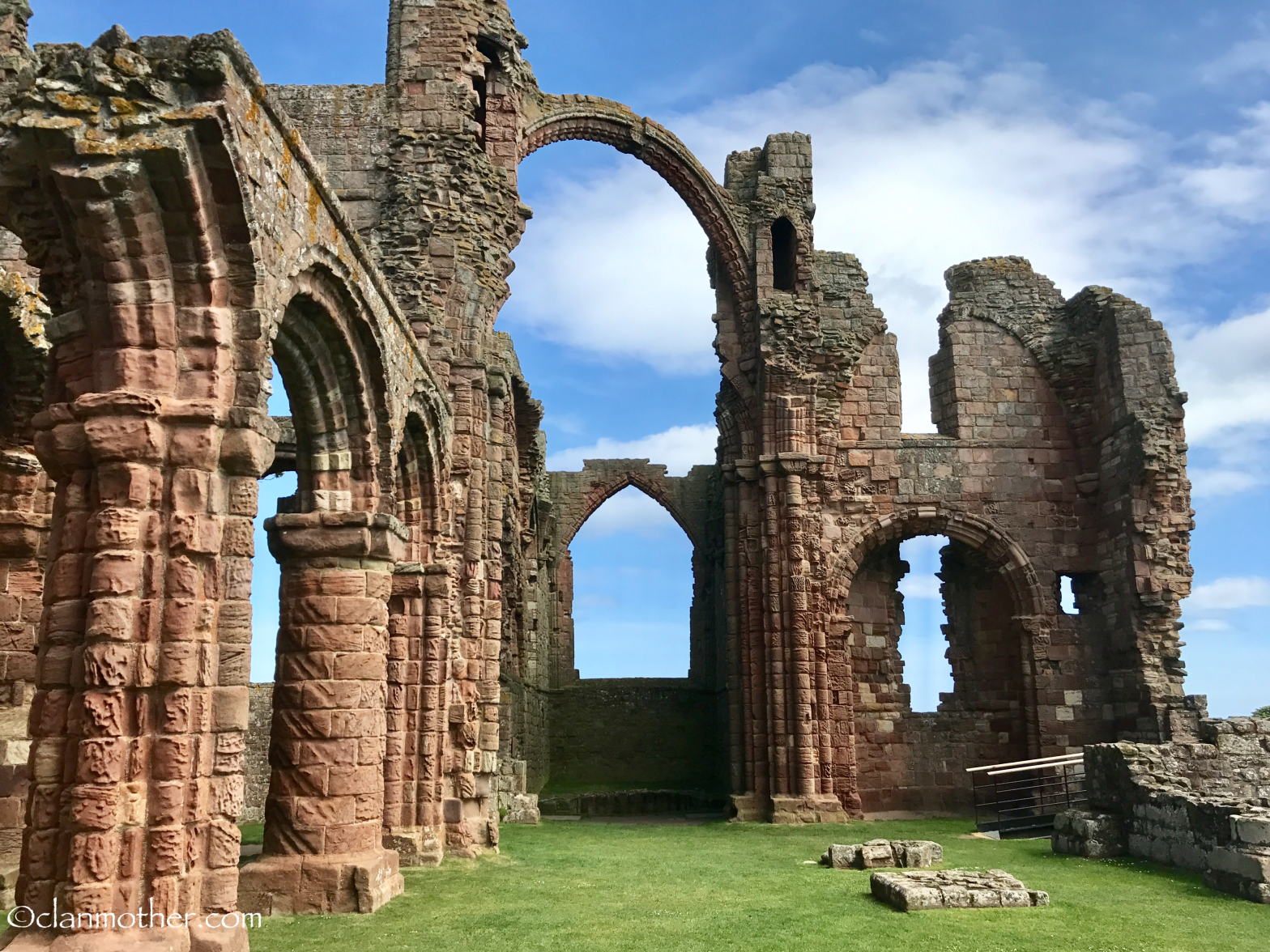
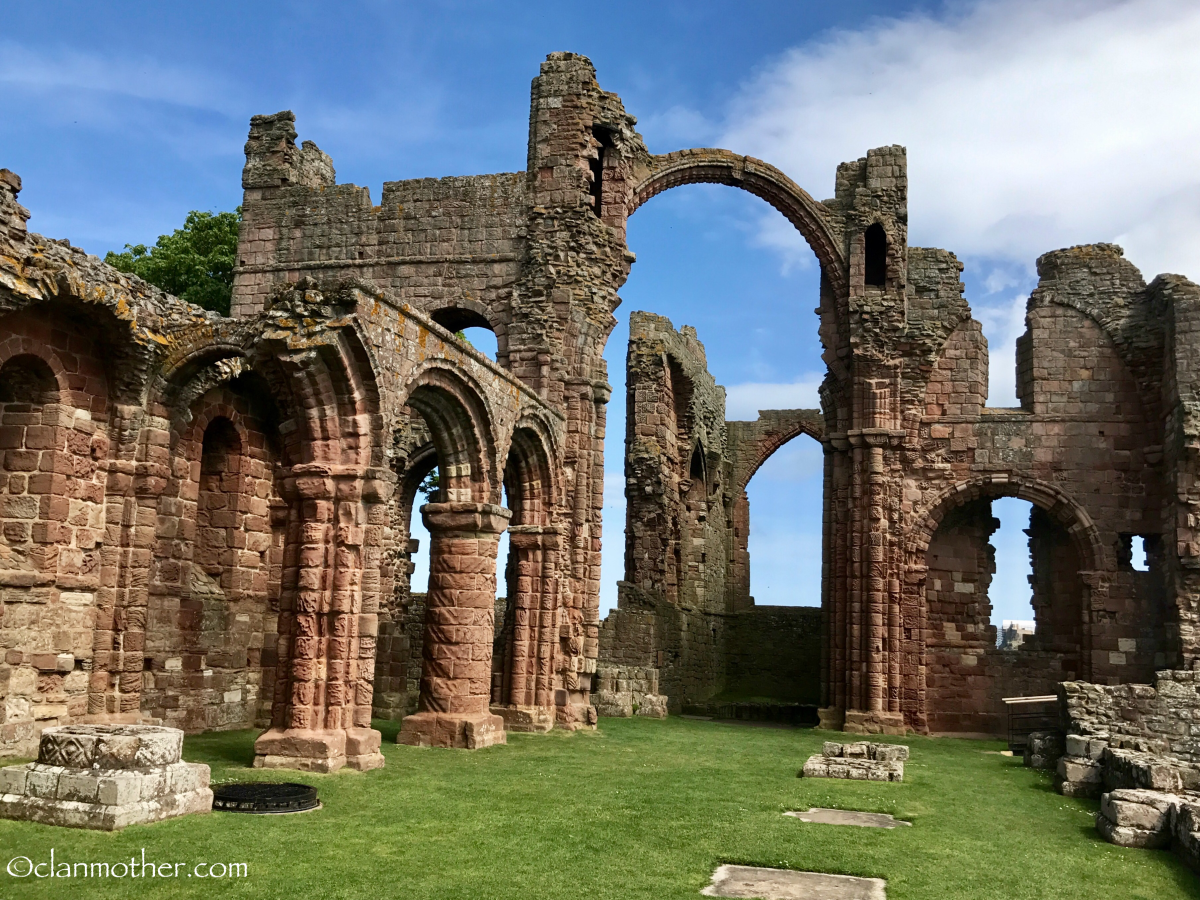

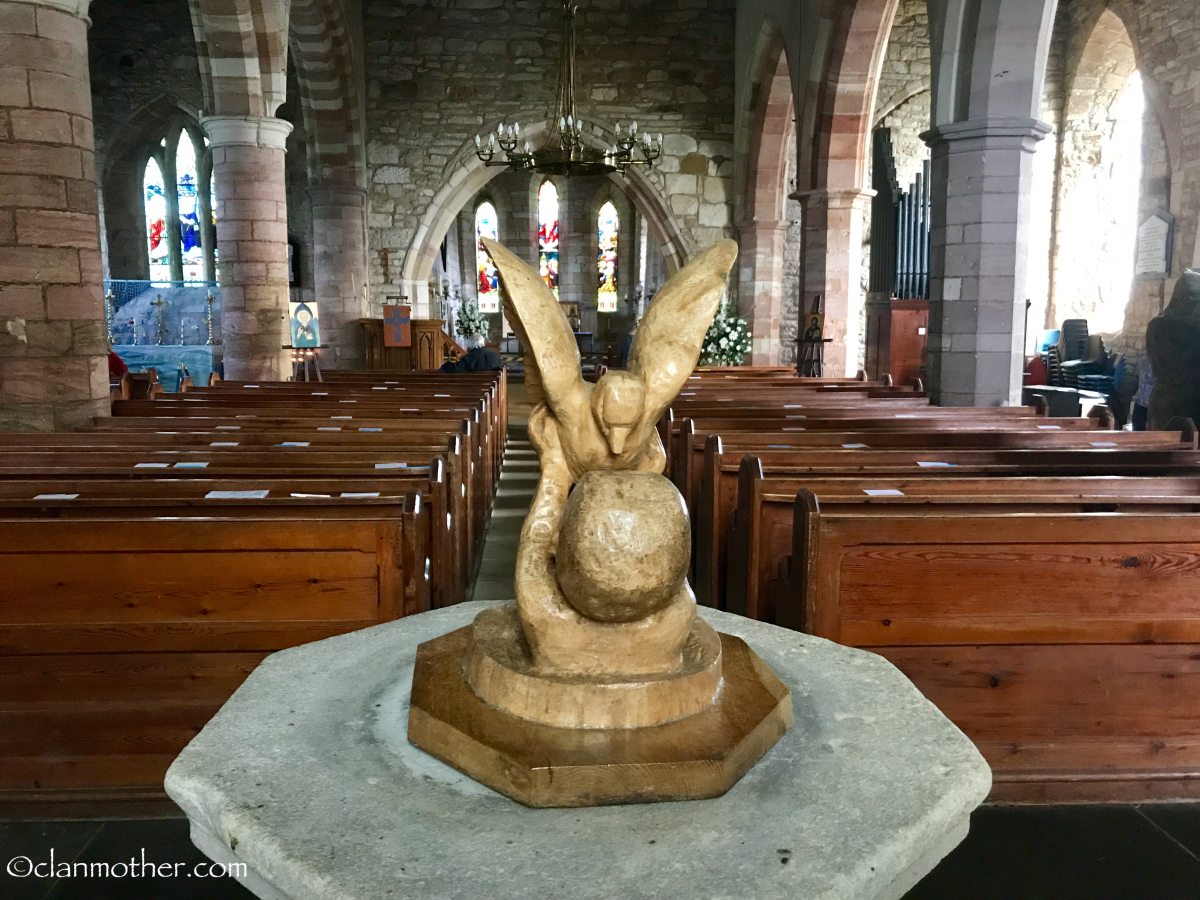

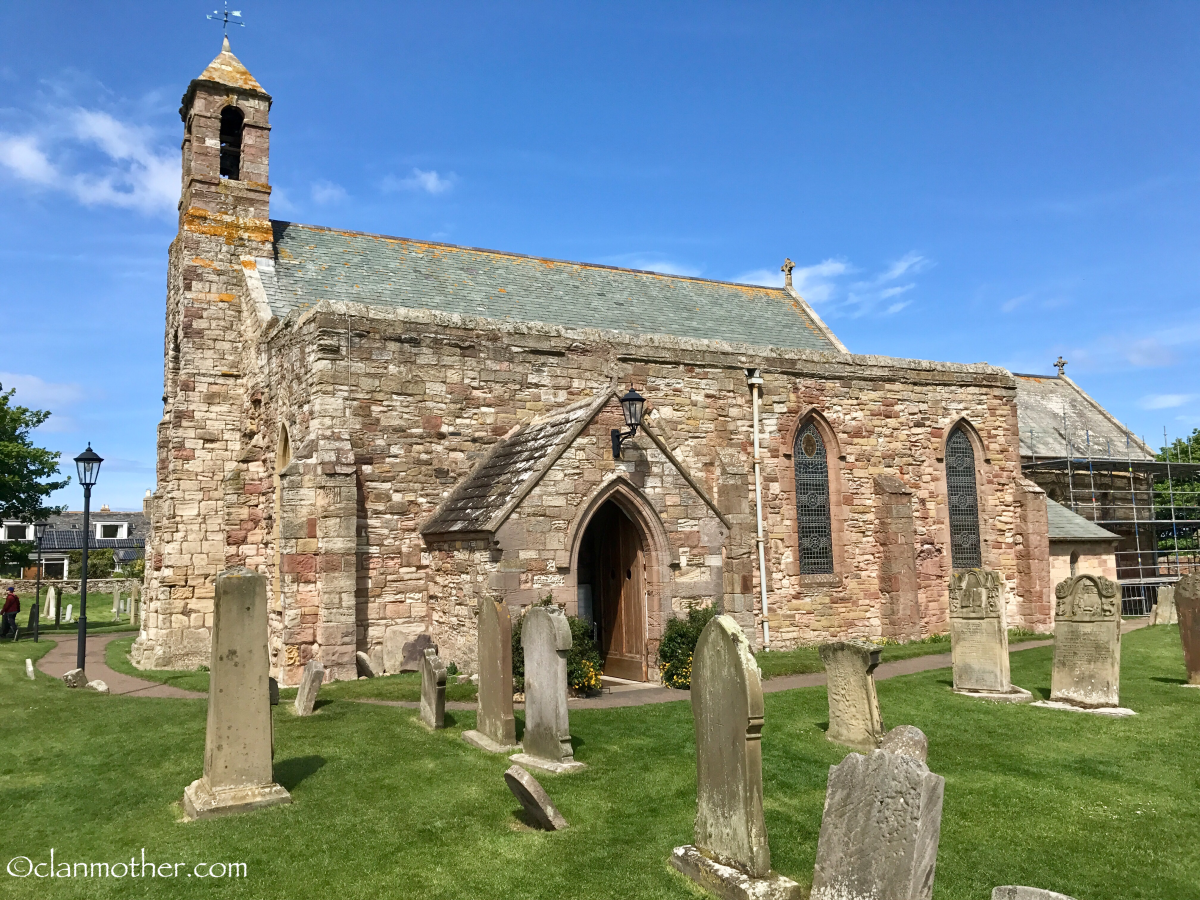
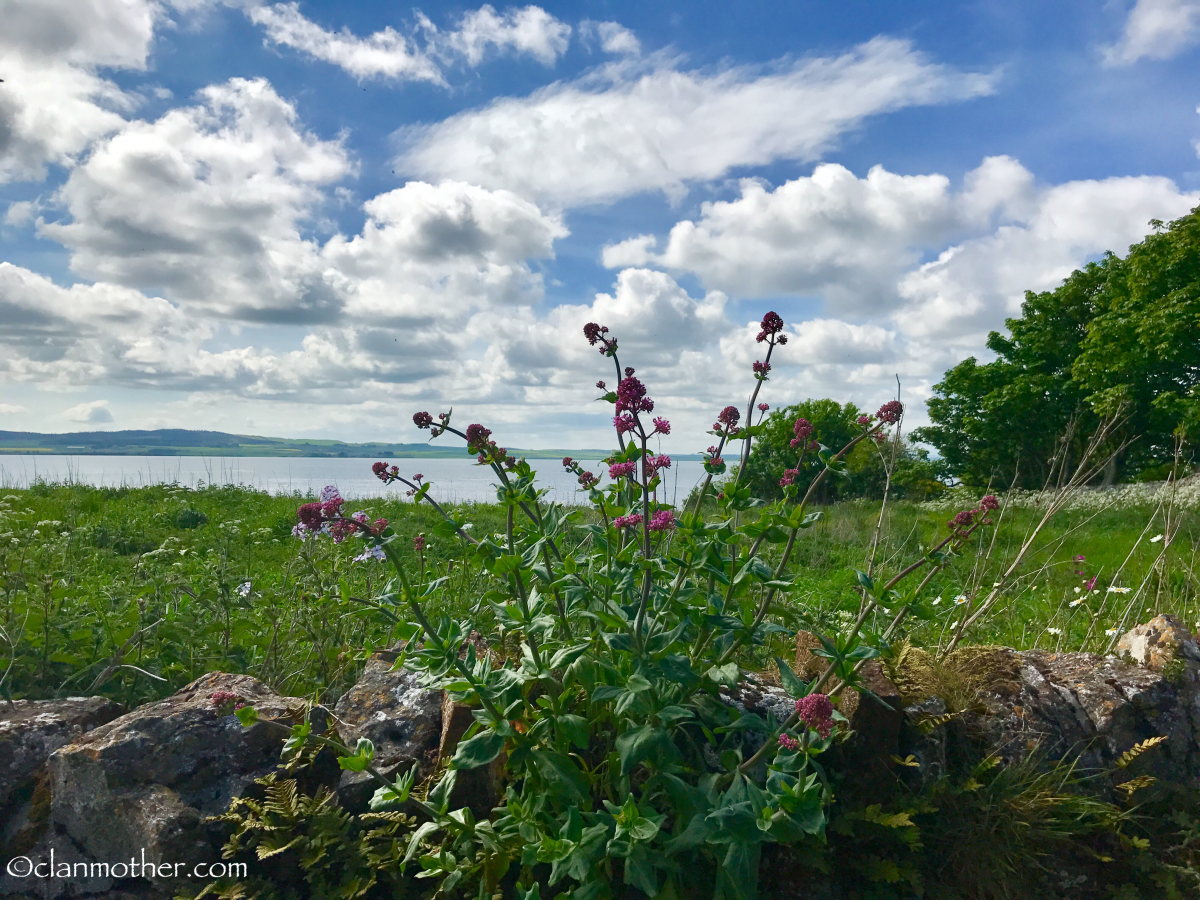


So nice to see you post again! Thank you for the tour of this most magical island.
LikeLiked by 2 people
Thank you!! Your comments always give me such encouragement. I am learning how to blog using my iPad so that I am more consistent in my posts. I have so many thoughts to write about; now, I’m learning to make the time to actually make it happen. I continue to learn…
LikeLike
Isn’t it wonderful that we still have access to such important places – tides permitting of course 🙂 xxx
LikeLiked by 2 people
We went by boat from Seahouses, a lovely fishing village close to Bamburgh Castle. We travelled by train from Newcastle to Bewicke-upon-Tweed. We arranged for a taxi from Bewicke to Seahouses and stopped at the Bamburgh along the way. It was a full and amazing day. That was just a few days before we travelled to Edinburgh.
LikeLike
These remains are lovely and as you say they serve as reminders of time passing so quickly.. so let us make the most of it.. Your trip must have been amazing ~ So glad you took us with you via these photos xx
LikeLiked by 1 person
It was truly amazing. My son, Thomas, planned the itinerary and we were on the go from morning to night. Lots of walking and talking and taking photos. The best kind of adventure.
LikeLike
Exquisite photography and amazing island!
LikeLiked by 1 person
Thank you, dear Cindy. It was a wonderful experience. I had always longed to visit The Holy Island and I was enchanted with ever step. Hugs!!
LikeLike
I have enjoyed this outstanding article various times already. The history is so very interesting. Thanks to those from so long ago who made such a huge impact on this area. I believe we discussed St. Columba some time ago in connection with Iona. Important conversations–thank you for the time and research that went into this article. And the photos are outstanding!!!
LikeLiked by 1 person
So glad you enjoyed the post. St. Cuthbert is another monk/bishop/hermit of the Celtic tradition associated with Lindisfarne. It is said that his decision to become a monk came to him in a vision that appeared to him the nights that St. Aidan died, in 651. Another post in the making!
LikeLike
What magnificent pictures of this extraordinary scenery, accompanied by your wonderful description of these ancient times, structures and purpose… an era when their great architecture truly stood the test of time. Thus so, even with the effect of the inevitable and eventual decay, the beauty of these masterpieces remain breathless works of art in ways that we can even imagine life within. You do have that magic touch of presenting these wondrous tableau’s with their intriguing stories, in a way that makes one feel included. Thank you for this Rebecca !
LikeLiked by 2 people
I am delighted that you joined me on my adventure. There was a peaceful harmony walking through the streets that were mostly clear of tourist traffic. Even the Priory felt “abandoned” for lack of visitors. It was truly a spectacular day, one that I had hoped to experience. But even in the quiet solitude, there is a recognition that even in this small island, there were times of great danger. The art, books and treasures were a magnet for raiding “Northmen.” Every age has their troubles. So when there is a peaceful moment, enjoy, enjoy, enjoy!! Thank you, dear friend for your comments.
LikeLiked by 1 person
Rebecca I’ve just found this enchanting post… I love stories about Iona, and am deeply envious that you have been there… I can just imagine the pale northern light, the misty tidal drive, the smells of the sea, and the cries of the birds…how fortunate you were not to be overwhelmed with tourist crowds.. you must have felt so strongly the power and the poetry of such an ancient holy place…
So glad you’re posting again, with love, Valerie
LikeLiked by 1 person
Oh, Valerie, it is good to be blogging again and connecting with a compassionate blogging community. I have learned that writing cannot be relegated to the back burner of our lives. We must find the time to write our stories, whether in long form, poetry or short messages. I find that blogging is a way to speak to my inner journey and celebrating/remembering moments and milestones. I am truly grateful for our friendship over these past seven years (yes, it has been that long). You have nuanced my life with your insight and joy for living. Much love coming back your way.
LikeLike
Oh Rebecca – is it really seven years !!!
It’s been such a joy to have our connection, and to relish each others company and insights… I always love your words…and you’re so right, to deny that inner compulsion to write is to feel impoverished. When I don’t write there’s a sense of only half living, and of failing to savour life…
So good to be back in touch, with love, Valerie
LikeLiked by 1 person
Enjoyed this post again this evening. I like that the Isle of Iona was mentioned. It has a special place in my heart, somehow!
LikeLiked by 1 person
It does for me too! I plan a follow-up post on Iona so stay tuned….
LikeLike
My husband and I drove down to Lindisfarne a few years ago when we were staying in Scotland. It was such a unique a special place. I enjoyed reliving the memory through your blog.
LikeLiked by 1 person
I am delighted that you joined me on this adventure. Isn’t it interesting to walk in a place where every step holds hidden narratives. If only the stones could speak, what stories they could tell. Looking forward to our ongoing dialogue.
LikeLike
It really is. A love for history was born in me the first time I visited Scotland. It stirs my mind and my soul.
LikeLiked by 2 people
The past speaks loudly through these photos!
Hauntingly beautiful…..
LikeLiked by 2 people
So very well said. Thank you so much for stopping by and commenting. Very much appreciated.
LikeLike